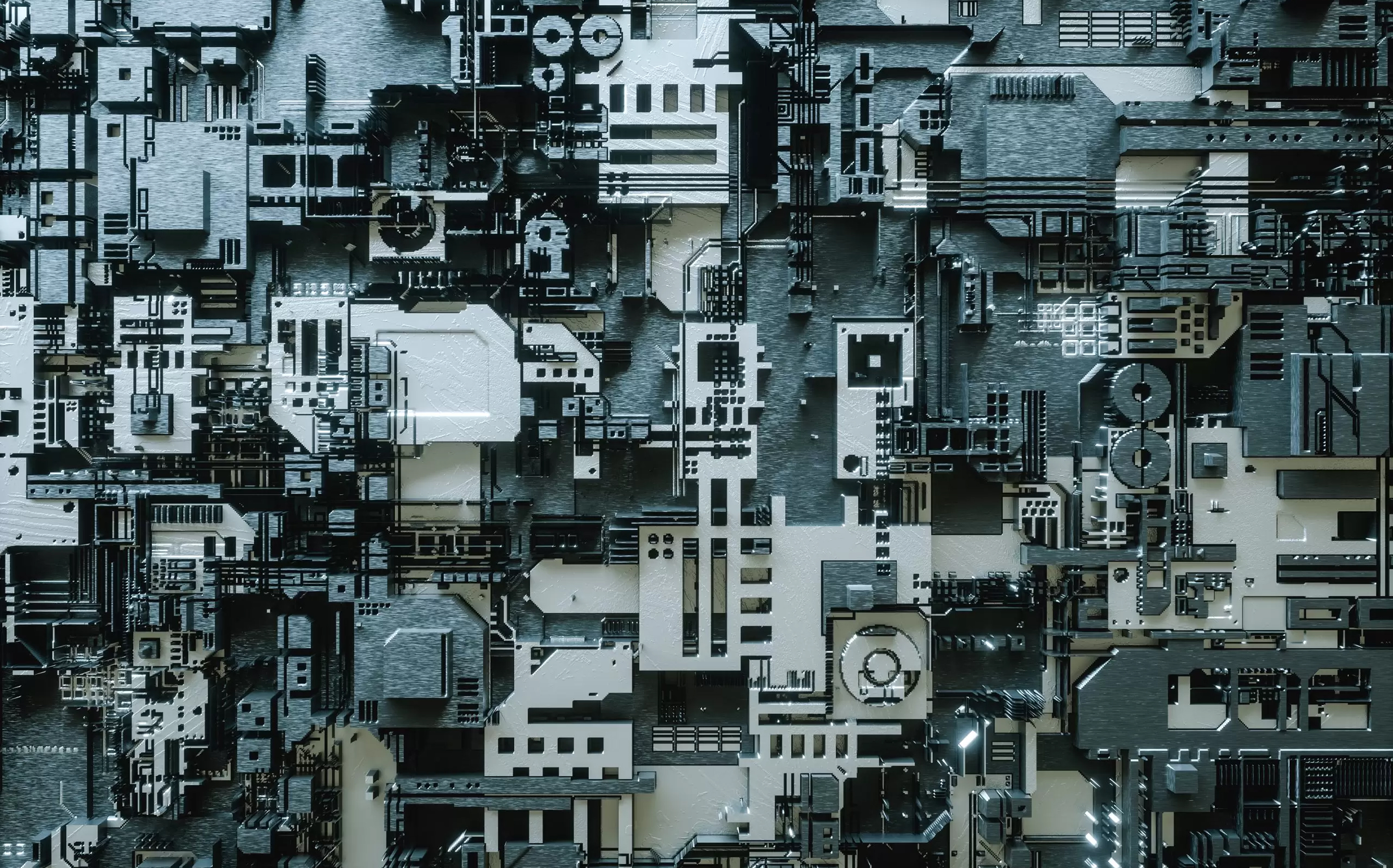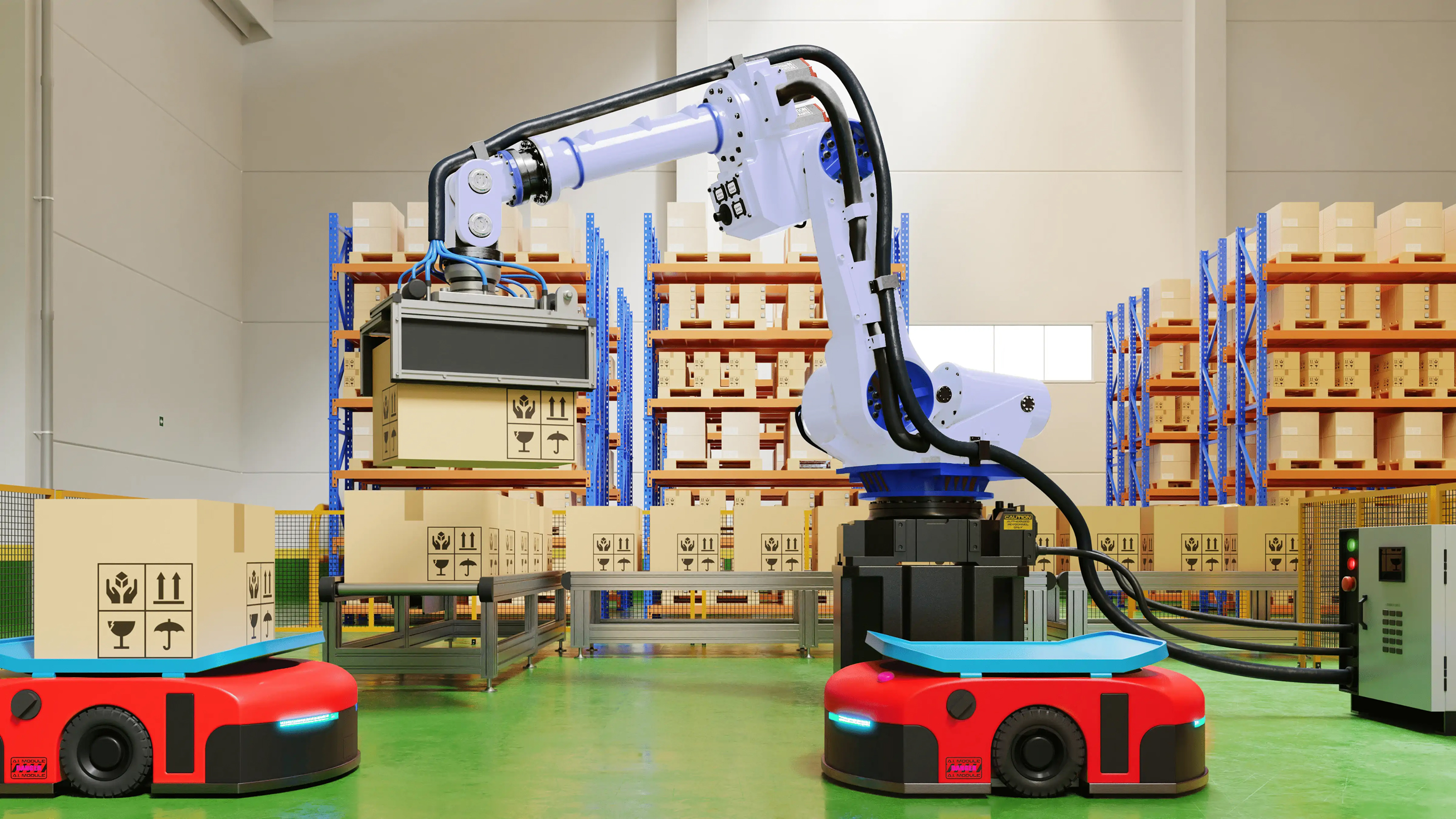
Industrial automation
What is industrial automation?
The term industrial automation refers to a range of tools and actions designed to make production lines and logistics as autonomous, linear and streamlined as possible, reducing operator workload through the use of smart automatic machinery integrated with an advanced IT system. Therefore, automation encompasses various functions which can, and should be, suitably tailored to the specific features and requirements of each production context.

The difference between industrial automation and mechanisation
The difference between automation and mechanisation lies primarily in the need for human supervision of machinery at work. The first instances of automation were essentially mechanical systems without electronic control devices (e.g., the looms of the first industrial revolution or steam engines).
Industry automation represents the evolution of mechanisation. In fact, it has made it possible to eliminate the need for human labour for heavy, tiring tasks and enabled introduction of other important improvements, such as automatic adjustment of systems and machinery, alongside greater control of the entire production process and predictive technology.
Over time, automation has driven continuous progress, initially with the introduction of
anthropomorphic robots and later with cutting-edge AGV and cobot technology. Initially,
operators and robots worked separately, with the robot often completely replacing the work
of human personnel. In a subsequent phase (Industry 4.0), these systems and processes have been integrated to achieve optimised collaboration between machines and operators.
How many different industrial automation systems exist?
Industrial automation can be defined as “hard” or “flexible”, depending on the use of pre-set or sequential production processes.
Specifically, “hard” automation involves process, assembly and checking activities with a fixed sequence of actions and repetitive and high-frequency tasks.
“Flexible automation”, on the other hand, involves management of materials, products and logistics aspects, with automatic machines that move independently around the work area.

Industrial automation solutions: Hard automation vs. flexible automation
With hard industrial automation, actions can be carried out by a single machine or by a processing station with multiple devices equipped with software-managed feeding systems. This can include various types of industrial machinery, previously programmed for use of a single repetitive task.
Flexible industrial automation involves management of products and services. It can be performed by electric shuttles, AGVs, cobots designed to work alongside operators, RFID labels that uniquely identify incoming goods, telephone switchboards integrated with ERP systems that perform video monitoring of arriving trucks, voice picking and pallet stacker cranes.
When different types of production are simultaneously automatically managed, it is considered a flexible manufacturing system, with each machine able to perform tasks for various parts in real time.

The benefits of industrial automation technologies
Finally, industrial automation cuts excess production and labour, while reducing any machinery downtime and IT data congestion, thus increasing company reliability and the quality of products or services.

Dymation and industrial automation
To explore the advanced automatic solutions offered by Dymation, you can get in touch using this contact form, we can develop a flexible, tailored project to meet your specific needs.